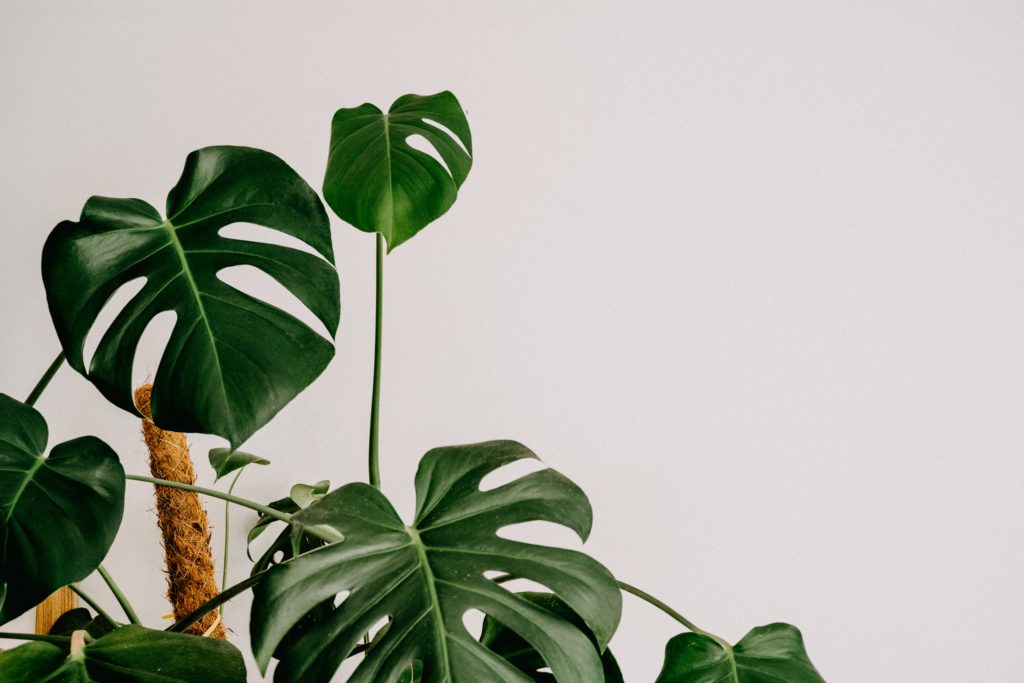If you’re a fan of the popular houseplant known as Monstera, you may be wondering if it’s possible to force your plant to fruit indoors. While Monstera typically fruits outdoors, with the right conditions and care, it is possible to encourage your plant to fruit indoors.

In this blog post, we’ll discuss why you might want to force your Monstera to fruit indoors, as well as how to go about doing it. We’ll also touch on the conditions your plant will need in order to successfully fruit indoors. So if you’re interested in learning more about indoor Monstera fruiting, read on!
Why You Might Want to Force Your Monstera to Fruit Indoors.
Monstera is a genus of about 50 species of flowering plants in the arum family, Araceae. They are native to tropical regions of the Americas, from southern Mexico to northern Argentina. The genus name comes from the Latin word for “monster” or “great beast”, referring to the large size and leaves of some species.
The Benefits of Monstera Fruit.
The fruit of monstera is a delicious and nutritious treat that can be enjoyed fresh, cooked, or dried. The fruits are high in vitamins A and C, as well as potassium and fiber. They have a sweet taste with a hint of sourness, similar to pineapple. Fresh monstera fruit is often used in salads or smoothies, while cooked fruit can be used in pies or other desserts. Dried fruit makes a great snack on its own or can be added to trail mix or granola.
How to Force Your Monstera to Fruit Indoors.
Forcing your Monstera to fruit indoors requires replicating the plant’s natural conditions as closely as possible. The two most important factors are light and temperature.
Monsteras need bright, indirect light to flower and fruit. If you don’t have a spot in your home that gets bright, indirect light, you can supplement with grow lights. Place your plant about 12 inches beneath the light source and leave it on for 12-16 hours per day.
Temperature is also important for forcing your Monstera to fruit indoors. The plant needs warm temperatures between 70-85 degrees Fahrenheit during the day, and 60-70 degrees Fahrenheit at night. If your home doesn’t naturally stay within these temperature ranges, you’ll need to use a space heater or air conditioner to maintain them.
In addition to light and temperature, humidity is also key for forcing your Monstera to fruit indoors. The plant prefers humid conditions between 60-80%. If the air in your home is too dry, you can increase humidity by placing a humidifier near your plant or setting it on a pebble tray (a tray filled with gravel and water).
The Process of Forcing Monstera to Fruit Indoors.
Now that you’ve created the ideal conditions for fruiting, it’s time to force your Monstera to flower and bear fruit indoors! The process takes patience and care, but with a little attention, you can enjoy sweet monstera fruits all year round.
The first step is to stop fertilizing your plant about 6-8 weeks before you want it to flower. This will help encourage flowering by stressing the plant out slightly (don’t worry – this is normal!). During this time, continue watering as usual and make sure the soil stays moist but not soggy.
Once 6-8 weeks have passed, it’s time to stimulate flowering by gently shaking or tapping the stem of your plant each day. Do this for about 10 minutes per day until flowers start to appear (this could take anywhere from 2 weeks to 2 months). Once flowers appear, stop shaking the stem so that pollination can occur and fruits can start developing!
As your fruits begin to grow, continue to water and fertilize as usual. However, avoid getting water on the developing fruits, as this can cause them to rot. Once the fruits are about the size of a golf ball, stop watering entirely for 2-3 weeks. This will help the fruits to ripen and sweeten.
After 2-3 weeks have passed, it’s time to harvest your monstera fruits! Cut them from the stem with a sharp knife, being careful not to damage the plant. Enjoy immediately or store in the fridge for up to 1 week.

Conclusion
If you’re a fan of Monstera plants, you may be wondering if it’s possible to force your plant to fruit indoors. While it’s not easy, it is possible to do with the right conditions and care.
Monstera plants are native to tropical regions and need warm temperatures and high humidity to thrive. If you can provide these conditions for your plant, you’ll be well on your way to forcing it to fruit indoors.
The process of forcing Monstera to fruit indoors involves pollinating the flowers by hand. Once the flowers are pollinated, they will begin to form fruits. However, it can take several months for the fruits to mature and be ready to eat.
If you’re patient and willing to put in the work, you can enjoy the delicious fruits of your indoor Monstera plant!
For all the information you need to know about growing Monstera click here

